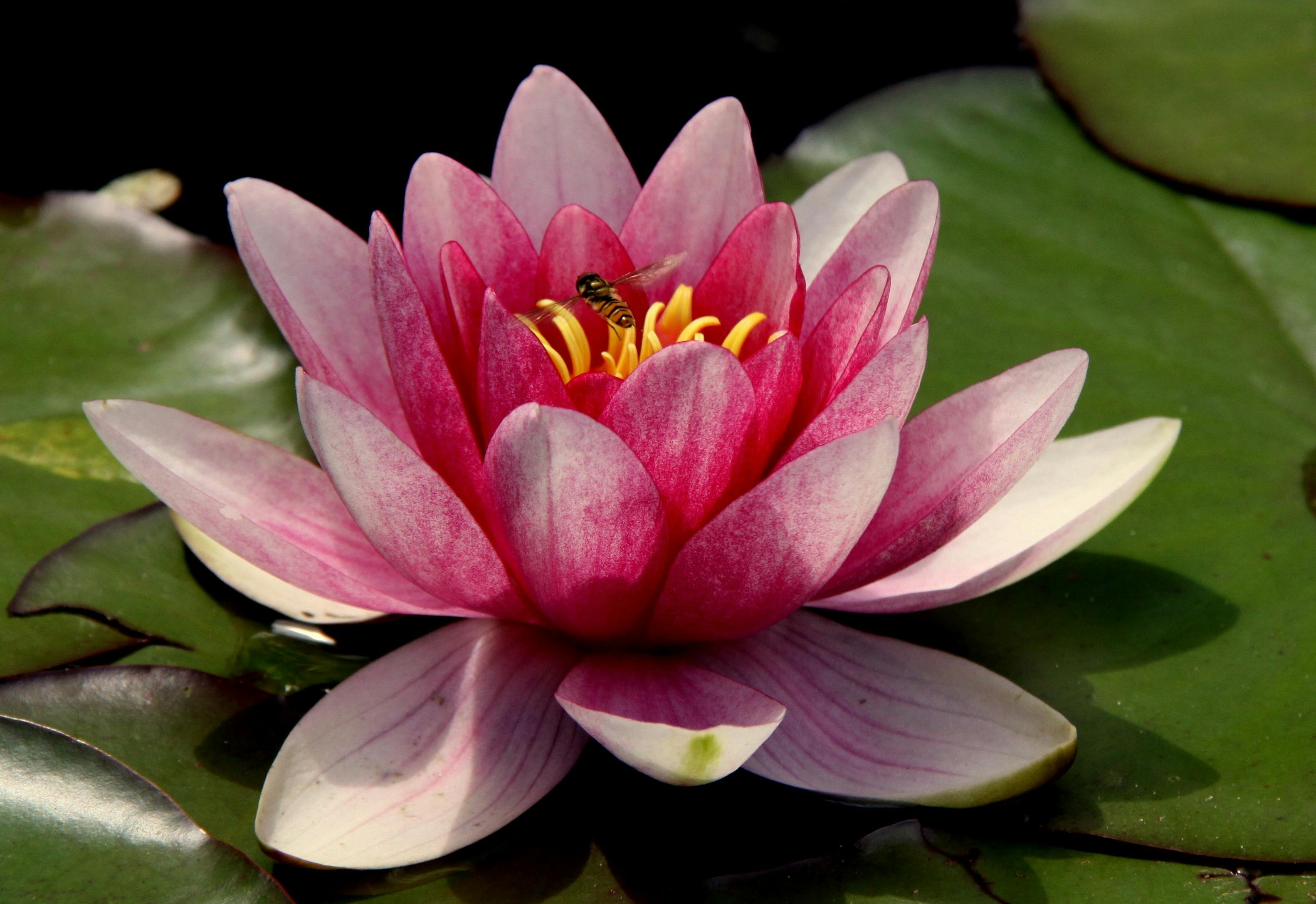Title: The Enigmatic Beauty of Lotus: Symbolism, Culture, and Science
Introduction
The lotus flower, with its delicate petals rising gracefully above the murky waters, has captivated humanity for centuries. This remarkable aquatic plant has not only left an indelible mark on various cultures but also piqued the interest of scientists and spiritual seekers alike. In this blog, we will explore the lotus flower's symbolism, its cultural significance, and the intriguing science behind its unique characteristics.
Symbolism of the Lotus
1. Purity and Enlightenment:
The lotus holds a central place in many Eastern philosophies, particularly in Buddhism and Hinduism. In these belief systems, the lotus represents purity and enlightenment. Just as the lotus rises from muddy waters unsoiled, it is believed that individuals can rise above worldly attachments and achieve spiritual purity.
2. Resilience and Transformation:
Lotus flowers have an exceptional ability to close up at night and reopen in the morning. This characteristic symbolizes the cycle of life, death, and rebirth. The lotus teaches us that even in the face of adversity, one can emerge stronger and more beautiful.
3. Beauty and Elegance:
Across various cultures, the lotus is admired for its exquisite beauty. Its vibrant colors and intricate patterns have made it a popular subject in art, architecture, and fashion. The lotus has inspired artists and designers worldwide, reflecting its timeless appeal.
Cultural Significance
1. Ancient Egypt:
In ancient Egyptian culture, the lotus, especially the blue lotus, held profound significance. It was associated with the sun, rebirth, and the cycle of life. Lotus flowers were often depicted in artwork, including hieroglyphics and tombs.
2. Hinduism:
In Hinduism, the lotus is closely associated with various deities, particularly Lord Vishnu and Goddess Lakshmi. It represents divine beauty, purity, and the promise of spiritual growth. Lotus motifs adorn temples, sculptures, and religious texts.
3. Buddhism:
In Buddhism, the lotus symbolizes purity of the body, speech, and mind. It is often depicted as a throne for Buddhas and Bodhisattvas, emphasizing the idea that enlightenment rises above the muddiness of worldly existence.
Science of the Lotus
The lotus flower's unique characteristics have intrigued scientists for years. Here are some fascinating aspects of lotus plants from a scientific perspective:
1. Superhydrophobic Leaves:
Lotus leaves are covered in tiny wax crystals that create a superhydrophobic surface. This property causes water droplets to bead up and roll off the leaves, carrying away dirt and contaminants. This self-cleaning mechanism has inspired the development of innovative materials for various applications.
2. Adaptation to Aquatic Environments:
Lotus plants have evolved a system of air-filled spaces in their stems and leaves that help them float on water. This adaptation enables them to thrive in aquatic environments and has inspired research into buoyant materials and biomimicry.
3. Nanoscale Surface Structure:
The lotus leaf's superhydrophobicity is attributed to its nanoscale surface structure. Scientists have studied these micro- and nanostructures to create self-cleaning surfaces, anti-fog coatings, and water-repellent fabrics.
Conclusion
The lotus is a flower that transcends mere aesthetics; it carries profound symbolism and cultural significance across the world. Its unique qualities have not only inspired art, architecture, and spirituality but have also piqued the interest of scientists, leading to innovative discoveries and technologies. The lotus reminds us of the beauty that can emerge from adversity, the importance of purity and enlightenment, and the endless potential for transformation in our own lives.








0 comments:
Post a Comment